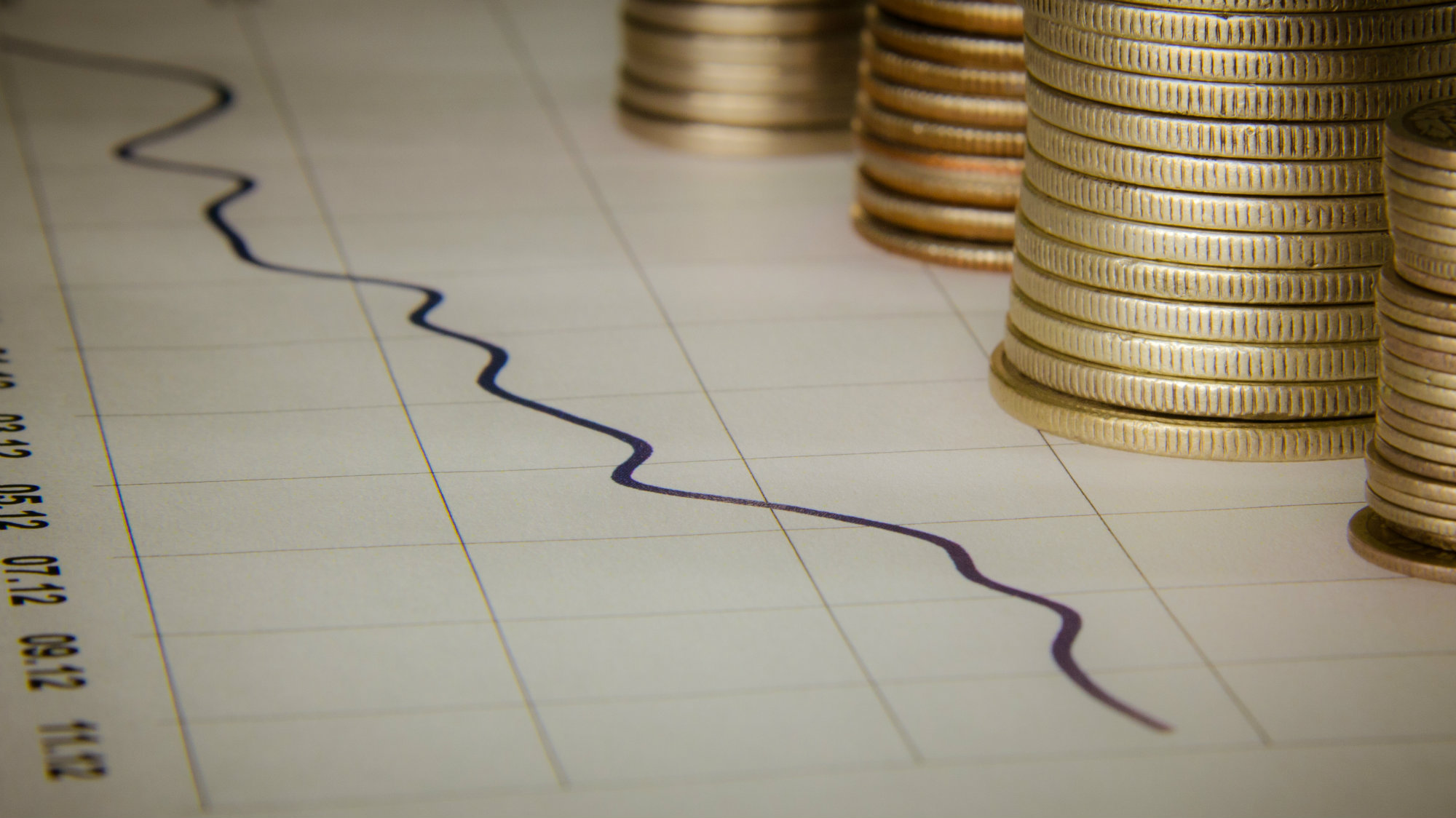Finding companies that offer an appealing risk/return ratio is never easy. There are so many different measures and metrics that it is easy to become overrun with facts, figures and ratios. However, by simplifying the process and focusing on these three attributes, investing can become a lot more straightforward.
Financial standing
Assessing the financial strength of a company can be achieved in a relatively simple manner. However, this does not mean that it should be given any less weight when making investment decisions. That’s because a company that is sound financially could have the right ingredients through which to deliver improving profitability. And, crucially for long-term investors, a company with a sound balance sheet and strong cash flow could prove to be more sustainable than a weaker comparator.
In terms of the balance sheet, assessing a company’s debt levels can be done by comparing them to its equity. In other words, dividing debt by equity provides an indication of the indebtedness of a business. For lower-risk companies that offer a relatively stable earnings outlook such as tobacco companies or utility stocks, a higher level of debt may be viewed by some investors as being acceptable. Likewise, a company with more volatile earnings may require a lower debt to equity ratio in order to be deemed financially sound.
As well as a sound balance sheet, strong cash flow is also important to the sustainability of a business. Subtracting capital expenditure from net operating cash flow gives free cash flow, which is the amount of cash which can be distributed to investors on a sustainable basis. Amounts distributed in excess of this could be viewed as an unsustainable use of cash by the company in question.
Valuation
Nobody wants to buy anything for more than it is worth. It’s the same in the world of investing. Certainly, better quality companies may attract higher valuations, but this doesn’t mean that you should overpay for them. Comparing a company’s price-to-earnings (P/E) or price-to-book (P/B) ratio to the industry average provides a guide as to whether it offers good relative value.
Clearly, stocks can sometimes be cheap for a reason. They may be forecast to report a fall in earnings or the wider industry may be enduring a difficult time. As such, it may be prudent to follow the advice of Warren Buffett who seeks to buy great companies at fair prices, rather than buy fair companies at great prices.
Competitive Advantage
Assessing a company’s competitive advantage is not an exact science. It relies upon an investor’s opinion and is therefore somewhat challenging to successfully assess on a consistent basis. However, by focusing on areas such as customer loyalty and a company’s cost base, it is possible to ascertain whether the company in question enjoys an advantage over its peers.
For example, a clothing company may have been in existence for a long period and developed a strong brand in that time. This may provide it with a high level of customer loyalty, which could mean resilient sales numbers compared to peers, as well as the prospect of above-average margins. Similarly, a resources company may enjoy a lower cost curve than its competitors and this could indicate greater longevity, profitability and sustainability.
Alongside a company’s financial standing and valuation, taking into account its competitive advantage could provide your portfolio with its own advantage in the long run.







